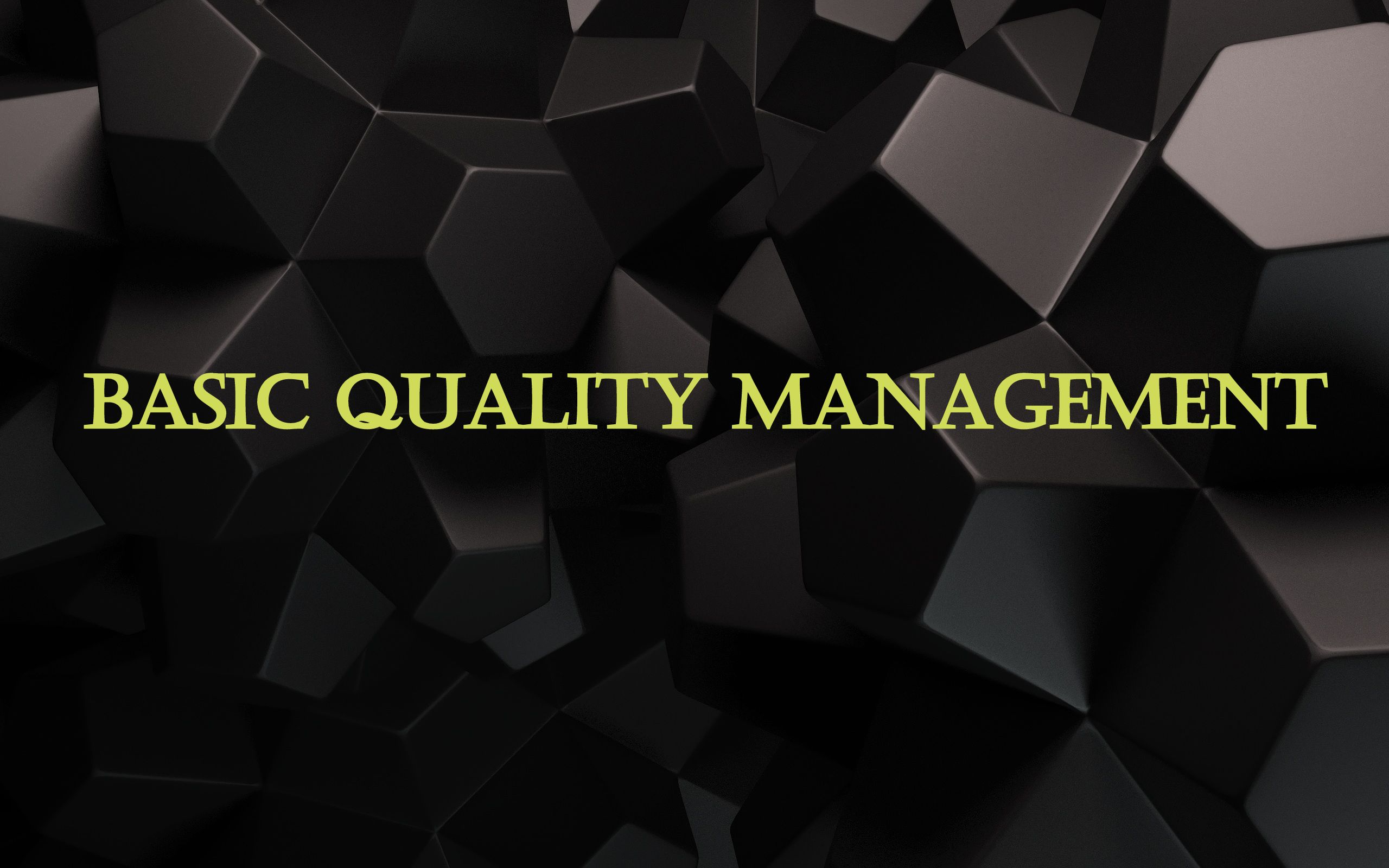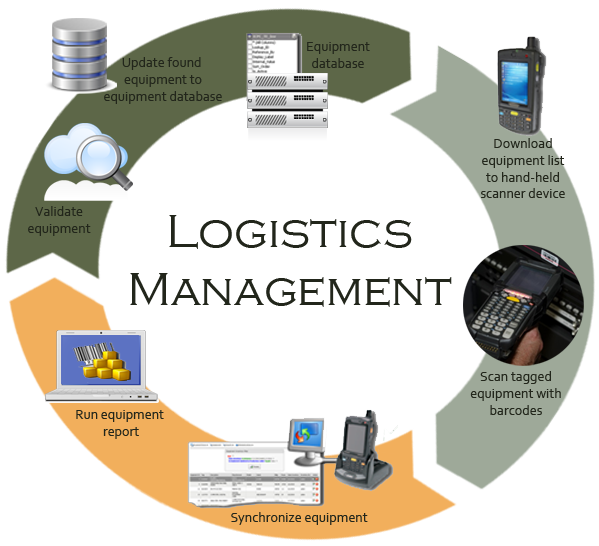OBJECTIVE:
The course helps the students to the various connotations of Costs and their utility in decision making and formulating long-term strategies.
CO 1.Cost accounting is used for decision making and performance evaluation.
CO 2 . Cost Accounting Methods to Optimize the use of people, resources, and materials.
CO 3.Analyze Overhead Costs and select the best methods of Allocating Overhead in a divers ormultiproduct Operation
CO 4. Purpose and Application of Process Costing and Calculate Equivalent Production Units.
CO 5.Recognize and Differentiate Between Shared Costs and Separable Costs.
CO 6.Create an Income Statement for use in a Cost-Volume-Profit Analysis that segregates Costs according to their behavior.
CO 7..Target Costing and Target Pricing aimed at ensuring the project’s profitability.
.
CO 8.Decentralization results in the creation of separate Responsibility Centres.
CO 9. To meet cost audit regulations.
CO 10. Flexible budget analysis is useful in setting up costs at various levels of activity.
- Teacher: Dr. KUSUMA REDDY C
OBJECTIVE:
To provide an exposure to the students pertaining to the nature and scope of marketing, which they are expected to possess when they enter the industry as practitioners. Present to the students an insight into the basic concepts of marketing, impart a grasp on the marketing management as a function of business management and understand the elements of marketing and marketing mix-strategies and developing the skills towards applications for managerial decision-making.
COURSE OUTCOMES:
CO1- The students will be able to understand the scopes and fields of marketing management and the need of marketing and product planning
CO2- The students will be able to plan for new marketing techniques and management of personal selling, coordination of advertising with all other aspects of marketing.
CO3- The students will be able to explain the process of STP marketing and describe bases for identifying target segments.
CO4- The students will be able to discuss criteria for choosing a target segment and identify the essentials of a positioning strategy.
CO5- The students will be able to know the concept of new product development
CO6- The students will be able to describe the need of developing new products.
CO7- The students will be able to create an understanding of the marketing mix and place an emphasis on products and price.
CO8- The students will be able to identify the components of the product life cycle for different types of products and identifying Pricing Strategies and methods
CO9- The students will be able to explain the combination of elements making up the promotional mix and analyze promotional plan for effectiveness
CO10- Explain channels of distribution for advertising marketing plans and describe activities for each channel member
- Teacher: Dr. PALVI BHARDWAJ
COURSE OBJECTIVE:
The objective of this course is to provide the student with adequate knowledge regarding the basic manufacturing facilities & how service activities have attained significance and need managerial skills to address the problems.
COURSE OUTCOMES
CO 1 To understand the basic concepts and theories of production management.
CO 2 Identify the roles and responsibilities of operations managers in different organizational context.
CO 3 Understand the process life cycle and product life cycle.
CO 4 Learn to solve two and three machine problems.
CO 5 Analysis the various techniques related to work study.
CO 6 Understand the functions of store management.
CO 7 Understand the linear programming models.
CO 8 Formulation of linear programming problems.
CO 9 Finding IBFS of transportation by NCWR,LCM,VAM.
CO 10 Understanding the general structure of queueing model.
- Teacher: RAJANI THOMAS
COURSE OBJECTIVE:
Quality is the most significant characteristic of product or service in today’s world. This course introduces traditional and modern quality perspectives. To give the students an overview of quality and TQM and explaining the salient contributiors of Quality management like Deming, Juran and Crosby.
COURSE OUTCOMES: On
successful completion of this course, students will be able to: CO1:- Develop and understanding on
Total Quality Management (TQM) philosophies and frameworks. CO2:-Evaluate the principles of
quality management and to explain how these principles can be applied within
quality management systems. CO3:- Identify the key aspects of
the quality improvement cycle and to select and use appropriate tools and
techniques for controlling, improving and measuring quality. CO4:-Apply the basic concepts of
statistics and probability to quality management and control.
SYLLABUS:
UNIT – I :INTRODUCTION :
The concept of Quality. Quality Dimensions. Product and Service Quality. Inspection, Statistical Quality Control, Quality Assurance and Total Quality Management. Conventional Quality Management versus Total Quality Management. Evolution of TQM. Historical perspectives of TQM – Deming, Juran, Crosby and Taguchi’s Contributions. Customer and supplier focus in TQM. Benefits and Costs of TQM.
UNIT – II :TOOLS AND TECHNIQUES OF TQM :
Statistical Tools - Check Sheets, Histograms, Scatter Diagrams, Pareto’s Chart, Regression Analysis & Control Charts. Cause and Effect Diagrams, The Five Why’s, Five S’s, Kaizen, JIT, Quality Circles, Gantt Chart and Balanced Score Card. Dimensions ofService Quality. An overview of TQM inService Organisations.

- Teacher: Dr PAYAL PATTNAYAK
COURSE OBJECTIVE:
The Course aims to understand the role of Logistics Management in enhancing organizational
efficiency and delivering customer value. The various drivers of a successful Logistics strategy and
Structure is also addressed in the programme.
Course Outcomes:
CO1 : Understand the strategic importance of logistics to achieving business success
CO2 : Describe the concept of integrated logistics
CO3 : Remember the importance of customer accommodation to successful logistics
CO4 : Analyse combination of customer accommodation, procurement and manufacturing representing the supply chain operational areas linked and supported by logistics
CO6 : Apply the global perspective of today’s business operations
CO7 : Analyse Rationale for inventory and associated costs
CO8 : Understand Benefits of logistics outsourcing
CO9 : Analyse Outsourcing value proposition
CO10 : Remember Inventory classification and functions

- Teacher: SATYA SWAROOP ROY MEDAPATI